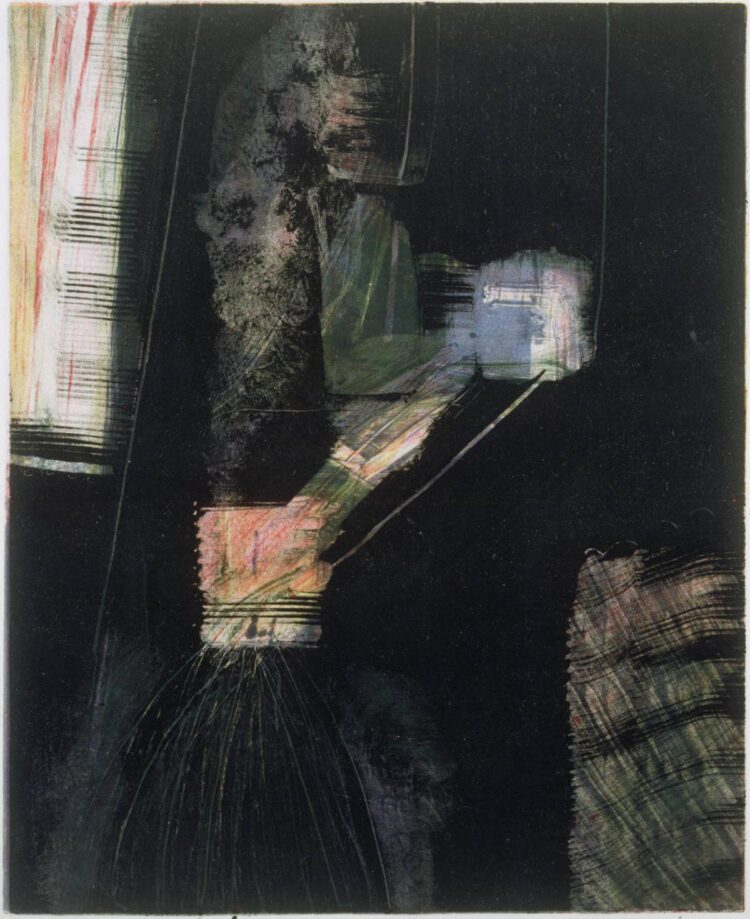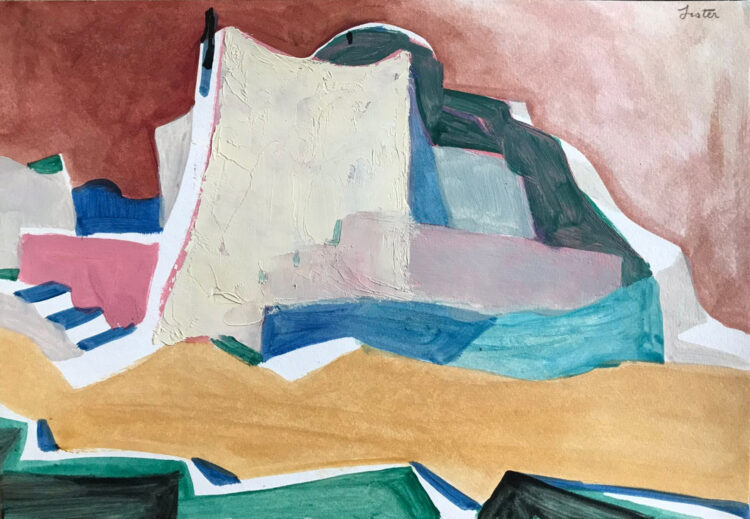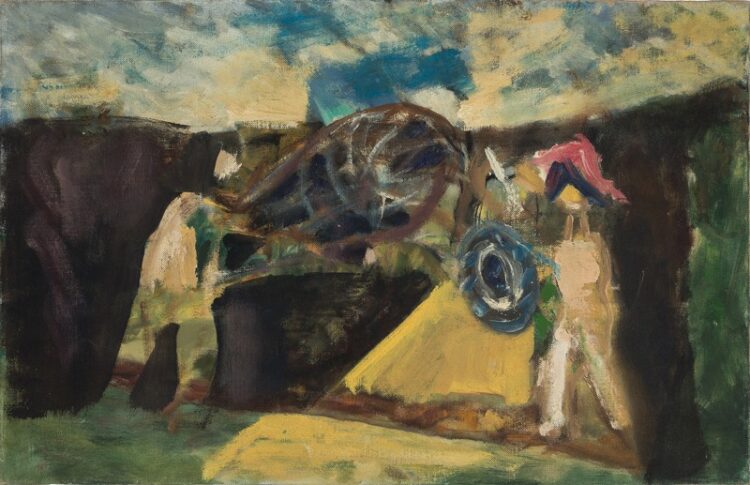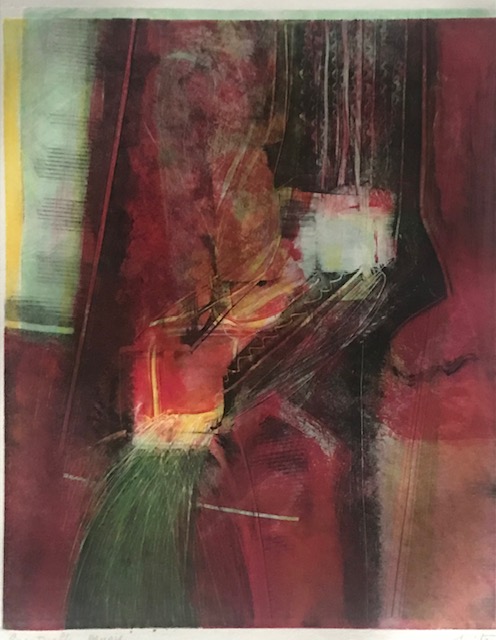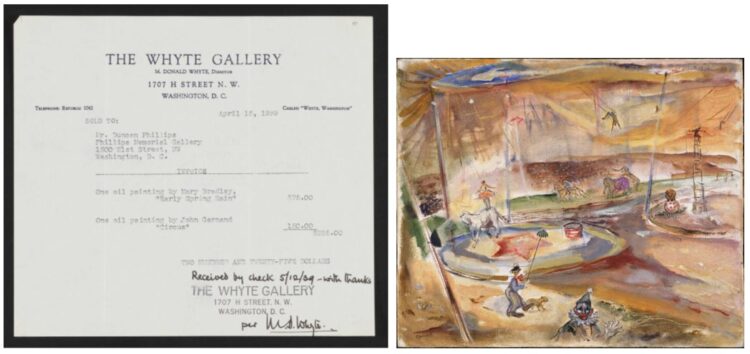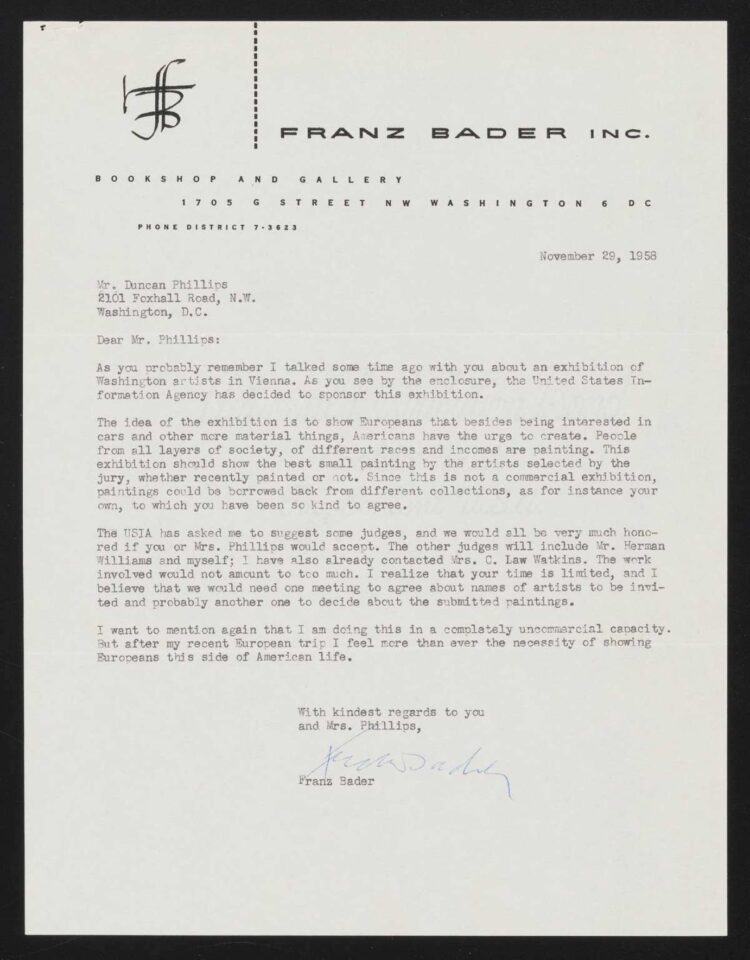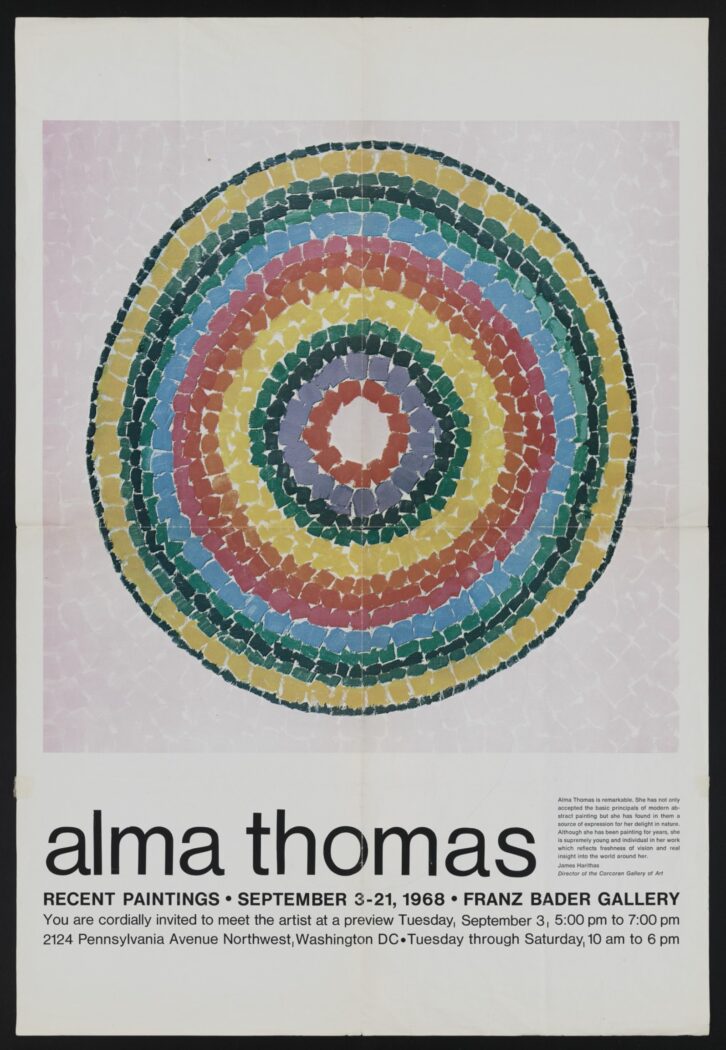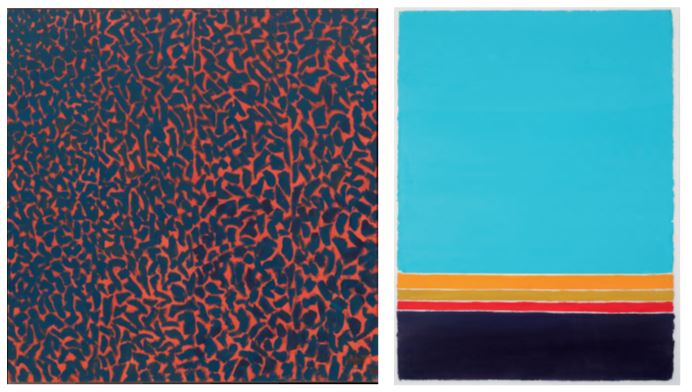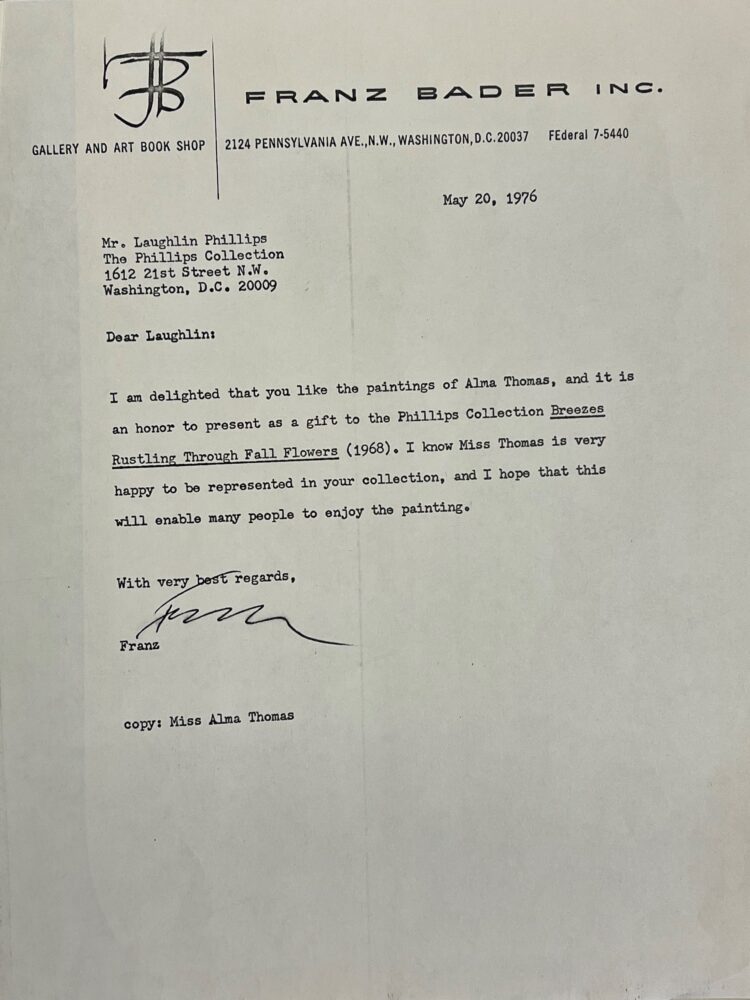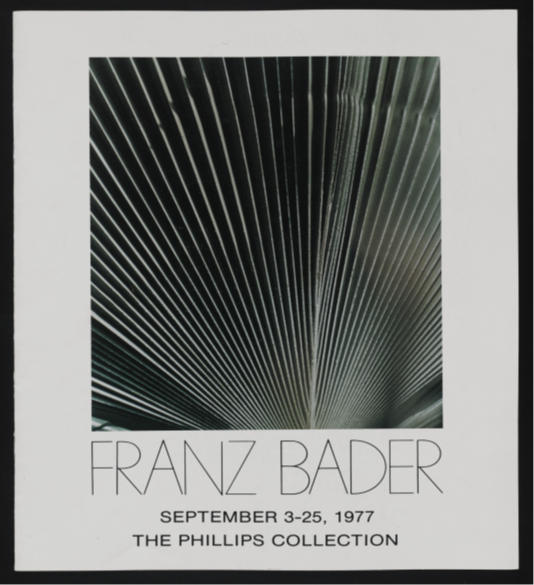Our spring 2022 interns reflect on the projects they’ve been working on and what they’ve learned during their time at The Phillips Collection.

Chloe Akazawa, Georgetown University
“I’m Chloe Akazawa and I’m currently completing my master’s degree at Georgetown University in Art and Museum Studies. I’m grateful to have been part of The Phillips Collection’s Marketing and Communications department this semester. Throughout my internship, I drafted social media posts to promote upcoming events and created a master document of community organizations for future partnerships. My main project focused on the Pay-What-You-Wish ticket (offered at the top of ever hour), where I analyzed and compiled visitor survey data in order to better market this promotion. Overall, this internship has shown me the many facets of Marketing and Communications in the museum field, and I have gained so much valuable advice and insight from my colleagues that I will take with me in my future endeavors.”

Julia Hub, American University
“My name is Julia Hub, and I graduated in December from American University, where I majored in Art History and minored in International Studies. As the Education and Community Engagement intern this spring, I’ve had the chance to work on a variety of really interesting projects that have taught me a great deal about the arts, museum work, and museum communities! The main projects I have been working on have been a gallery observation project and the drafting of gallery aids to enrich audience participation with artworks. For the past month, I have been observing visitor behaviors and tendencies as they visit the Picasso: Painting the Blue Period exhibition. For example, I look at how long visitors look at paintings, read text, or converse with their fellow visitors. This information will then be used to understand how people engage with exhibits and what improvements can be made. I’ve also been creating audio stops for multiple works throughout the collection that offer information and guidance for visitors to immerse themselves more deeply with the art. Both projects have taught me about the importance of understanding how people interact with art in the galleries and how to work to improve their experiences!”

Daniel Muljono, University of California, San Diego
“Hello! I’m Daniel Muljono, a recent graduate of University of California, San Diego. As a cognitive science major specializing in design and interaction, I feel right at home with the Digital Experience department. My main hobby is typically drumming, but since I currently don’t have a drum set, you might see me air drumming in my room. I’m from Indonesia and I’ve always loved it there, especially our culture and traditions. Batik is our national clothing ‘artstyle’ and we proudly wear it for any formal occasion, from weddings to business meetings. Indonesia’s traditions can be summarized into bhineka tunggal ika which translates to ‘unity in diversity,’ and I proudly say that our diversity in cultures, religions, and cuisine gracefully represent this traditional value. Throughout my time at The Phillips Collection, I’ve worked on two main projects: a gamification project (using elements of game playing to encourage engagement) and a museum experience proposal. For my gamification project, I created a game that could create a jigsaw puzzle out of any given image. The puzzle was created through Unity, meaning that it’ll be easy to implement on any hardware (phones, tablets, or computers). The second project was a proposal to improve the museum experience through digital interactive means. This proposal was made after thorough research, museum visits, and interviews with different museum sectors.”
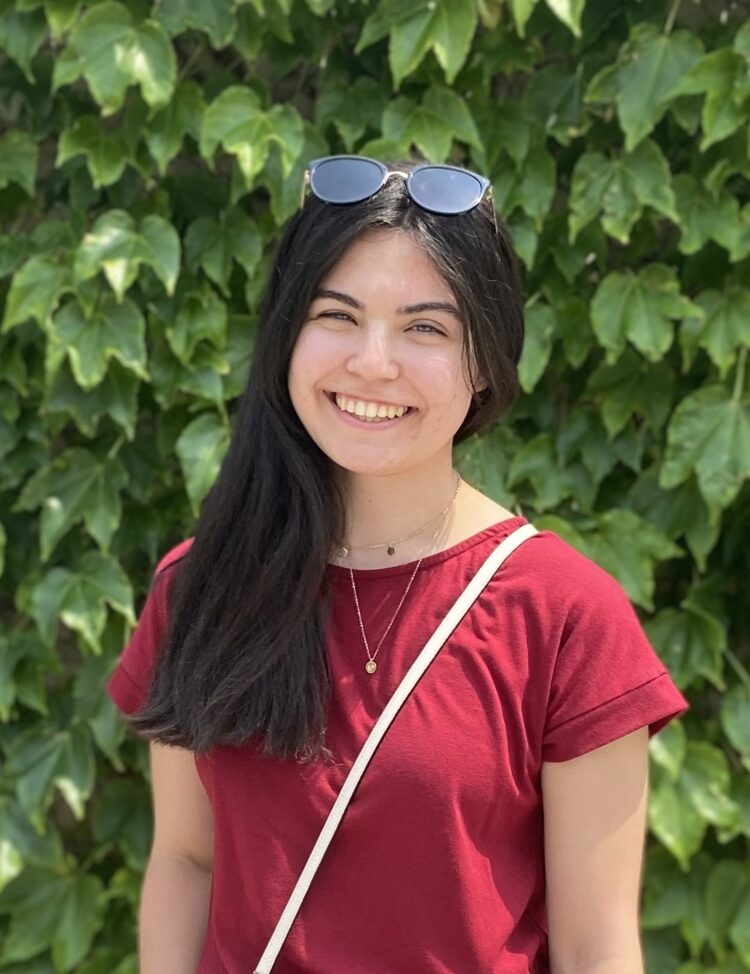
Elizabeth Palumbo, George Washington University
“My name is Elizabeth Palumbo, and I am the Director’s Office intern this spring. I’m a junior at George Washington University studying International Affairs with a concentration in Contemporary Cultures and Societies and a minor in French. Some of my interests are travel, photography, walking, and rock climbing. I chose to intern at The Phillips Collection because it offers a different experience with art than many museums in Washington, DC. I also love that The Phillips Collection has programs focused on music, wellness, and community engagement! During my time at the Phillips, I have compiled art gallery exhibition lists, done artist research, and written one-liners for the museum’s annual gala. The internship has confirmed that I’d like to continue working in museums and has taught me a great deal about how they operate. I have learned about the role of trustees, how different departments work together, and the museum’s relationship with members and artists. I have also learned about and admire how The Phillips Collection is committed to diversity, inclusion, and community engagement. It is constantly evolving, which encourages the staff, trustees, and artwork displayed to be flexible and adapt to the needs of the community.”

